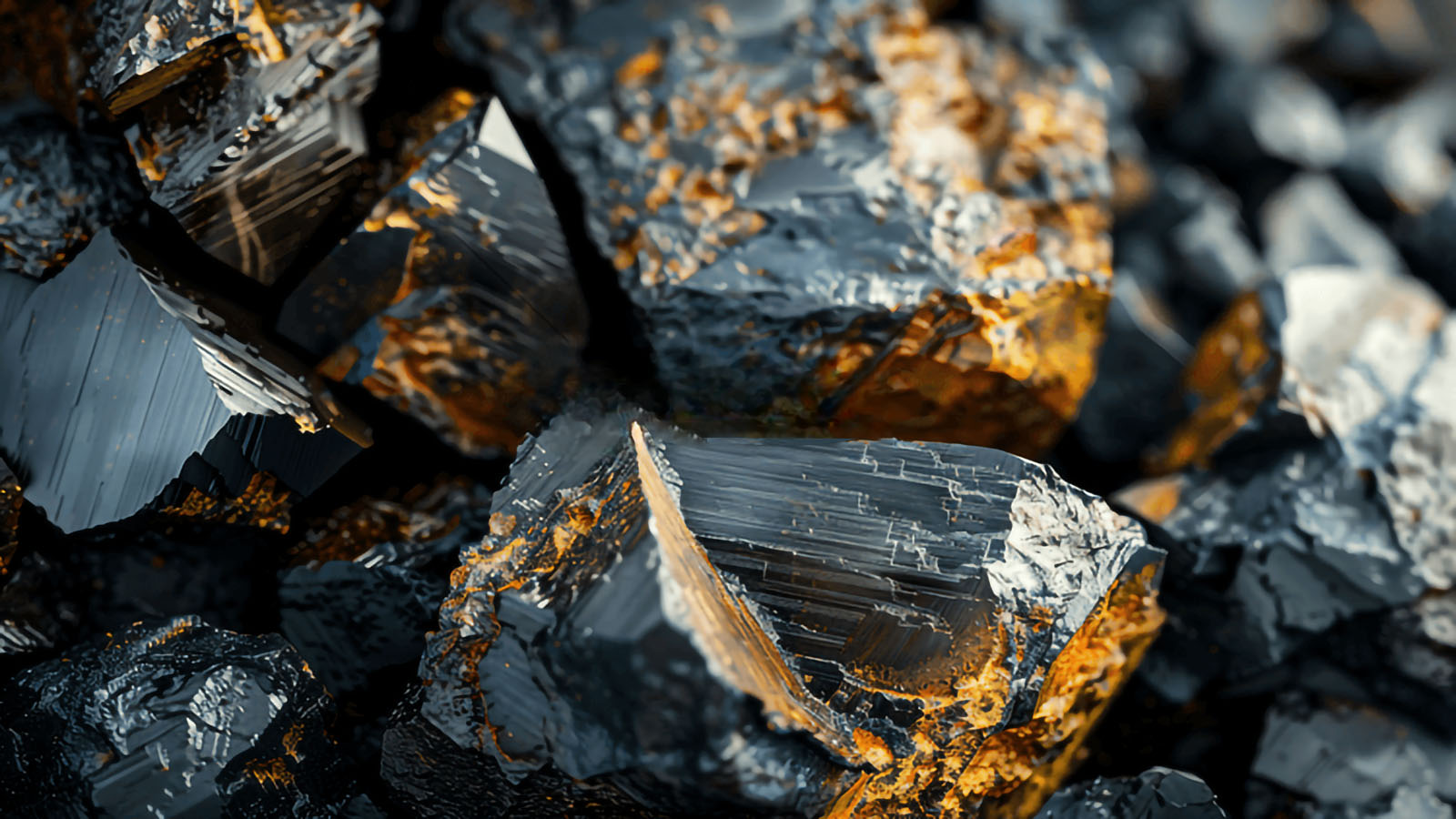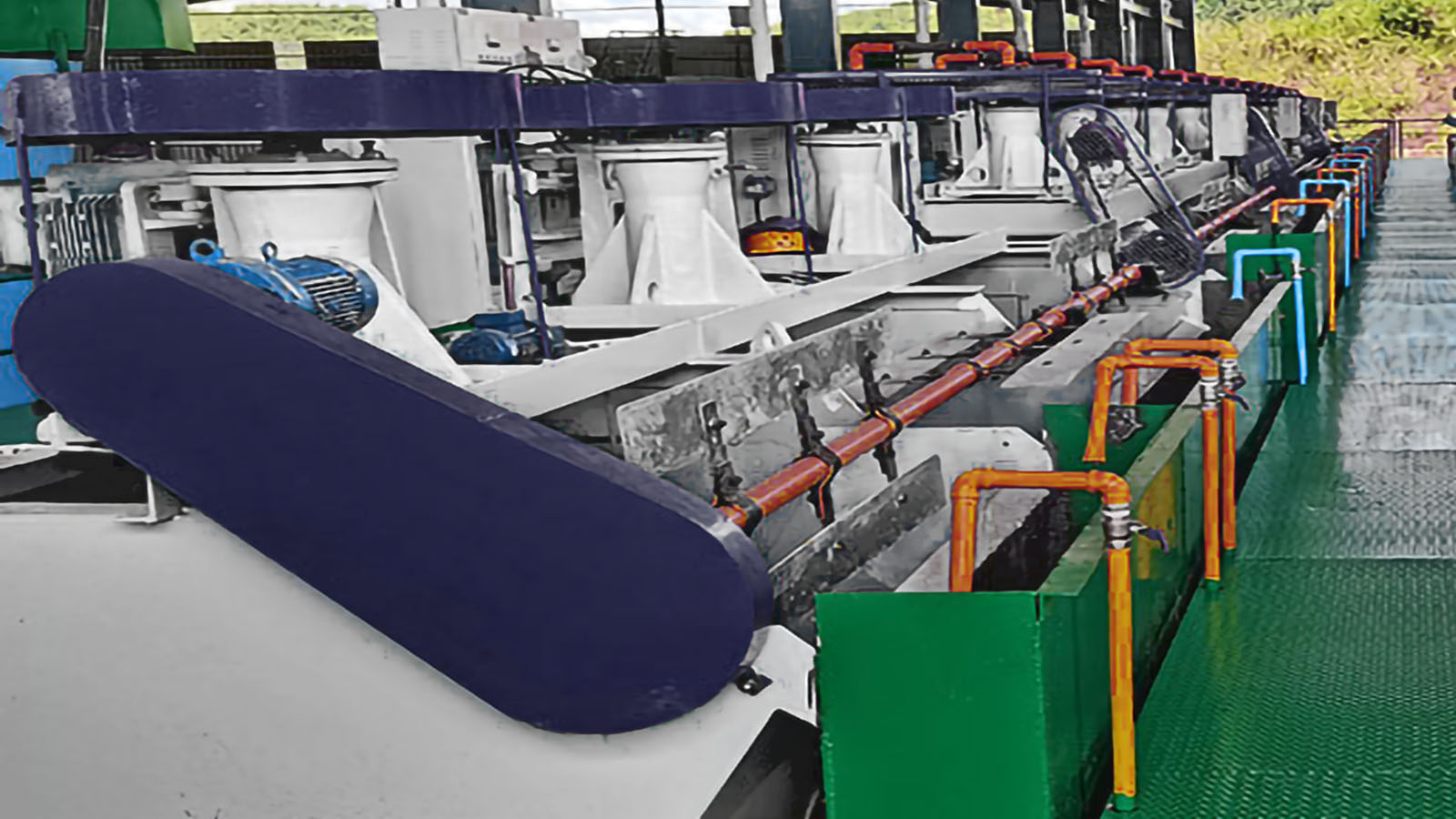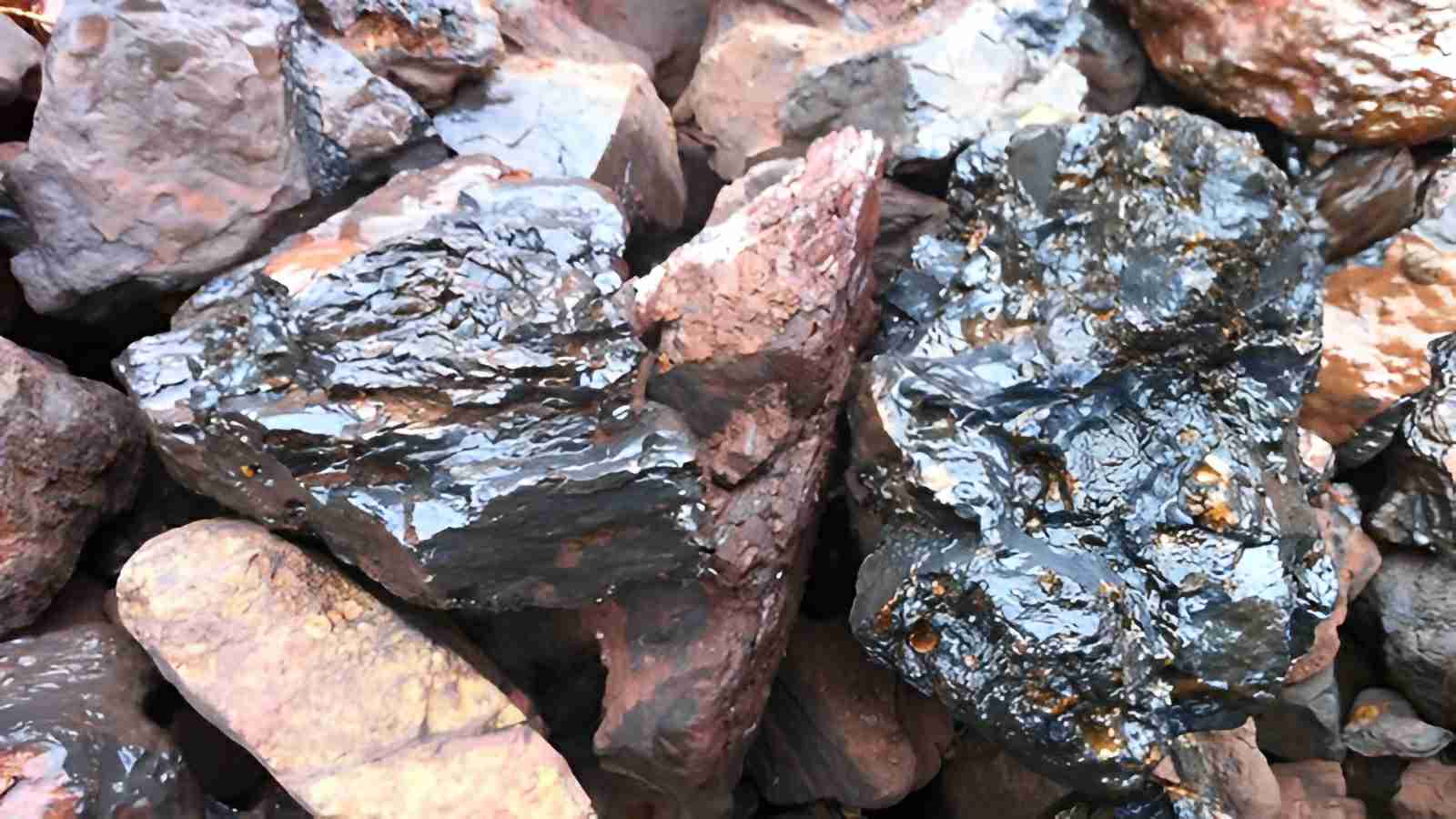
As a critical strategic metal in modern industry, tungsten plays an indispensable role in aerospace, defense, electronics, and metallurgy sectors. China possesses substantial tungsten reserves, predominantly in the forms of wolframite and scheelite minerals. This technical analysis examines the most effective processing techniques for wolframite, which despite its lower grade compared to scheelite, offers advantages in beneficiation due to its coarser grain structure.
Technical Challenges in Wolframite Processing
Processing wolframite presents several unique challenges that must be addressed through specialized techniques:
- Wolframite's brittleness leads to over-grinding risks and excessive slime generation
- Wide density differential between wolframite (7.1-7.5 specific gravity) and gangue (2.6-3.0) enables gravity separation but requires precise implementation
- Fine particle recovery demands innovative approaches to prevent tungsten losses
- Associated minerals often require sophisticated separation techniques to achieve high-grade concentrates
These challenges necessitate a systematic approach to wolframite beneficiation, incorporating carefully selected technologies at each processing stage.
Initial Treatment: Size Classification and Manual Sorting
The beneficiation process begins with preliminary concentration techniques that set the foundation for downstream processing efficiency.
Manual Sorting Technology
Two principal approaches are employed:
- Selective Extraction: Direct removal of visible wolframite particles from raw ore, particularly effective for lower-grade deposits
- Waste Rejection: Removal of barren rock material, leaving tungsten-bearing minerals behind, suitable for higher-grade deposits
To enhance manual sorting effectiveness, operations typically employ enhanced lighting systems and surface wetting techniques to improve visual contrast between wolframite and host rock. Modern operations increasingly incorporate photoelectric sorting technologies to automate this process, significantly improving throughput and consistency.
Comminution Strategies for Optimal Liberation
The grinding stage represents a critical control point in wolframite processing, as improper grinding can dramatically impact downstream recovery.
Grinding Circuit Configurations
Three primary grinding configurations are utilized in industrial practice:
- Single-Stage Grinding: Applied for coarser-grained ores with simpler mineralogy and good liberation characteristics
- Rod Mill + Middlings Regrinding: A staged approach that prevents over-grinding while ensuring adequate liberation
- Two-Stage Circuit: Implemented for complex ores requiring finer grinding for adequate mineral liberation
Critical Operating Parameters
Rod mills are preferentially selected for wolframite grinding due to their ability to produce more uniform particle size distributions with less slime generation. Key operational controls include:
- Pulp density maintained between 65-70%
- Mill rotation speed at 65-75% of critical speed
- Rod charge volume at 35-40% of internal mill volume
These parameters, when properly controlled, can achieve mineral liberation exceeding 85% while minimizing production of difficult-to-recover fine particles.
Density-Based Separation Systems
The significant density difference between wolframite and gangue minerals enables highly effective gravity concentration through specialized equipment.
Jigging Technology
Modern jigging systems are classified according to feed size ranges:
- Coarse Particle Processing: Handling 8-10mm material through specialized jig designs
- Intermediate Fraction Processing: Treating 1.5-5mm material, representing the primary recovery stage
- Fine Particle Recovery: Processing 0.5-1.5mm material using modified jig configurations
Operational parameters that significantly impact separation efficiency include stroke length (8-15mm), frequency (60-120 strokes/min), bed depth (80-120mm), and feed distribution systems.
Shaking Table Applications
Tables are predominantly utilized for processing material in the 0.037-2mm size range. Best practices include:
- Implementation of narrow size classification prior to table feeding
- Utilization of high-frequency screening or hydrocyclone classification
- Strict control of feed pulp density within 25-30% solids range
- Precise adjustment of table motion parameters: stroke length (12-18mm), frequency (240-320 strokes/min), and deck inclination (2-4°)
When properly operated, table concentration can produce wolframite concentrates containing 55-65% tungsten oxide.
Advanced Concentrate Purification Methods
Rough concentrates typically contain various impurities including tin, molybdenum, bismuth, copper, zinc, or specialty metals like tantalum and niobium. Purification strategies employ physical separation principles to achieve final product specifications.
Magnetic Separation Technology
Magnetic methods leverage the moderate magnetic susceptibility of wolframite:
- Dry Magnetic Processing: Applied to 0.074-3mm size fractions, offering high selectivity
- Wet Magnetic Processing: Preferred for finer materials, providing higher processing capacity
Magnetic field intensity typically ranges from 8,000-12,000 gauss. While magnetic separation produces high-grade concentrates, the tailings often contain significant tungsten values requiring multiple cleaning stages to maximize recovery.
Specialized Flotation Techniques
A unique "table-flotation" hybrid process is frequently employed:
- Flotation reagents are applied directly to the shaking table surface
- Preferential flotation of sulfide minerals occurs simultaneously with gravity separation
- The combined action effectively removes pyrite, chalcopyrite, and other sulfide impurities
This technique offers advantages in capital and operational costs, making it particularly suitable for smaller operations.
Ultra-Fine Particle Recovery Innovations
Slime Characterization and Treatment Approaches
Material finer than 0.037mm represents a significant challenge in wolframite processing but contains recoverable values that must be captured to maximize overall efficiency.
Pre-treatment Methods
Effective slime processing begins with conditioning steps:
- Sulfide Removal via Flotation: Using xanthate collectors to selectively remove interfering sulfide minerals
- Thermal Treatment: Employing oxidation roasting to convert problematic minerals to more manageable forms
- Dispersion Systems: Utilizing high-intensity agitation to break up agglomerated particles and improve downstream recovery
Recovery Technologies
Modern slime recovery employs several advanced approaches:
- Enhanced Gravity Concentration: Using high-G centrifugal concentrators for -0.037mm material
- Fine Particle Flotation: Employing oleic acid-based collectors for ultra-fine tungsten recovery
- Multi-Stage Processing: Combining magnetic separation with subsequent flotation for complex slimes
Implementation of appropriate slime recovery systems can increase overall tungsten recovery by 20-30 percentage points, significantly improving project economics.
Integrated System Design and Process Optimization
The optimal wolframite beneficiation flowsheet must be tailored to the specific mineralogical and textural characteristics of each deposit. Detailed ore characterization and laboratory testing form the foundation for effective circuit design.
Key focus areas for ongoing optimization include:
- Precision control of grinding fineness to maximize liberation while minimizing slime generation
- Selection and configuration of gravity separation equipment matched to feed characteristics
- Development of cleaning circuits based on specific impurity mineralogy
- Implementation of comprehensive slime recovery systems
Through systematic optimization of these elements, modern wolframite processing plants can achieve significantly improved technical and economic performance. Future innovations in processing technology continue to enhance the viability of lower-grade and more complex tungsten resources.
The processing of scheelite ores employs significantly different methodologies, which will be addressed in a separate technical analysis.
Related News

Optimizing Gold Recovery: Advanced Flotation Techniques for Efficient Mineral Processing

Manganese Resource Processing and Metallurgical Applications: From Raw Material to Final Products
